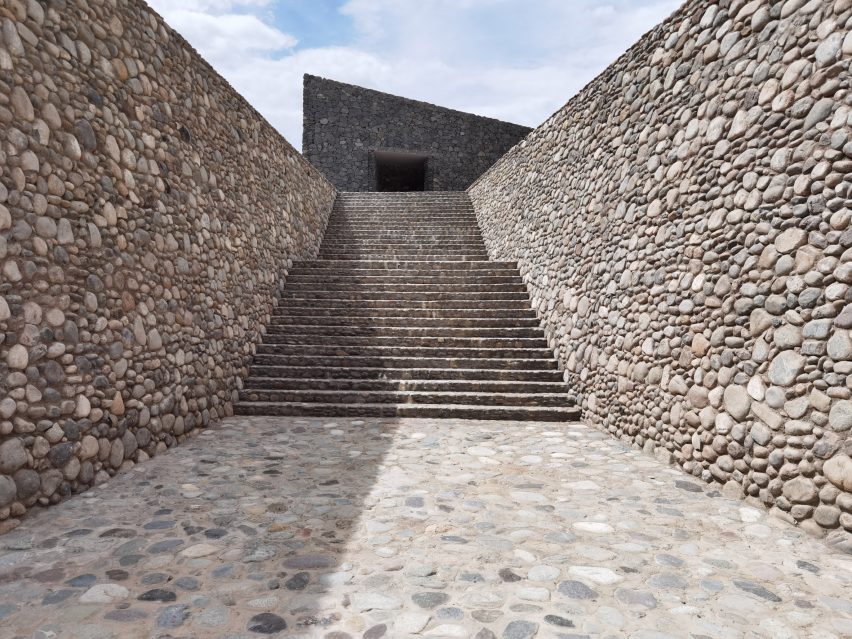Nestled at the foot of Dameiyong Snow Mountain in Tibet, the Quzika 1865 Winery Complex seamlessly integrates into its surroundings. Designed by Chinese studio PL-T Architecture, the winery features stepped terraces that mirror the natural topography, preserving ancient trees and facilitating gravity-flow winemaking. Locally sourced stones construct the exterior walls, connecting to an original stone wall and providing thermal insulation.
The winery’s internal spatial organization follows the winemaking process. From grape processing and laboratory areas to fermentation, bottling, and storage, each stage unfolds across multiple levels. The vaulted cellar, inspired by Catholic church arches, pays homage to the region’s winemaking history, dating back to 1865. Chief architect Wang Jianfeng emphasizes the importance of symbiosis with nature, citing the local Tibetan villagers’ reverence for the environment as a valuable lesson.
This thoughtful design minimizes the winery’s visual impact, respecting the natural beauty of the site. As Wang Jianfeng notes, “Resolving the conflict between man-made structures and the natural environment is a constant topic.” The Quzika 1865 Winery Complex exemplifies a harmonious blend of architecture and nature, solidifying PL-T Architecture’s commitment to sustainable design.
Source: dezeen.com





